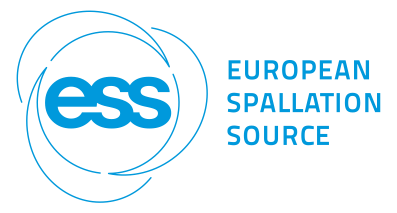Speaker
Description
The performances of polymer electrolyte membrane fuel cells (PEMFC) strongly depend on the complex processes that occur in the membrane, which is often constituted by an elusive soft material, the ionomer Nafion. Elucidating the details of the multi-scale (from nanometers to microns) morphology of this ionomer is therefore crucial but also extremely difficult: it involves both advanced scattering experiments with Neutrons and X-Rays, and computer simulation. In fact, a few decades of effort still have not provided a true consensus on a general convincing picture. This is despite numerous authoritative proposals which, however, are based on largely arbitrary and exceedingly simplistic geometrical views of local arrangements of the different chemical moieties.
In this work [1] we have taken the bull by the horns and adopted an all together different approach, agnostic on priors of the system structure, and based on contemporary advances in artificial intelligence: deep convolutional neural networks. The idea is simple: we have first generated by massive Molecular Dynamics computer simulation a material much simpler than (although strongly related to) Nafion, sulfonated ionic surfactants. These have a completely elucidated behavior, and have been demonstrated to be a convincing proxy for local structural and dynamical properties of the ionomer. We have next employed these data sets for training of a volumetric convolutional neural network, encoding in the internal state of the network all the details of the phase behavior of the surfactants. The final step has been applying the trained network for inference on Nafion data, a procedure known as transfer learning. This methodology finally amounts to a representation of the multi-scale morphology of the ionomer in terms of surfactants-like tiles, much simpler to handle properly. We have provided a quite precise picture of the modification of Nafion structure with water content, and showed how to use this information to reconstruct the static structure factor. We have next concluded by indicating promising perspectives for application of similar frameworks to experimental scattering and spectroscopy data.
[1] L. Dumortier and S. Mossa, J. Phys. Chem. B 124, 8918 (2020) (10.1021/acs.jpcb.0c06172)
